The concept of convergence can be seen throughout all facets of marketing. Products and services converge with timing to create ideal offerings at ideal moments. Inspiration converges with market demand to create the next big thing. And advertising converges with societal trends to enhance brand recognition and identity.
Despite the numerous examples of convergence seen in a broad, macro sense of strategy, however, the concept also plays a pivotal role at the individual, micro level of marketing. In the specific case of the Fogg’s Behavior Model, three specific elements must converge at the same moment for a behavior to occur within an individual: motivation, ability, and trigger.
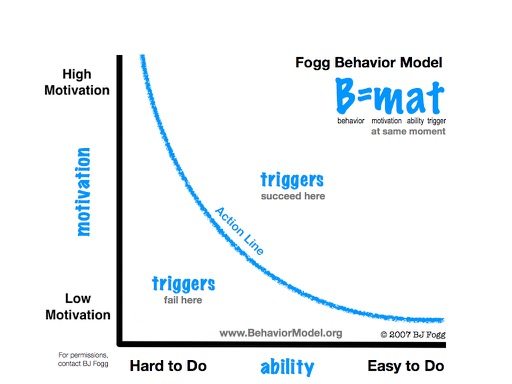
If any portion of a marketing strategy lacks any of these specific elements for a point within the sales funnel. The strategy will likely fail to produce conversions to sales. Plus, any accompanying ROI that the message and voice were intended to generate in the first place. A persuasive post-click landing page plays a crucial role within this process, continuing and deepening the customer engagement created by the original ad.
In other words, if your landing pages are missing any of the three elements required by Fogg’s Behavior Model to persuade visitors to act. The revenues generated by your marketing strategy will likely always fall short of your expectations.
The difference is elemental
Created by a professor in the technology labs at Stanford University, the BJ Fogg Behavior Model is a concept that was designed to explain product adoption rates by the consuming public but can also be applied to a wide range of applications. In the particular case of marketing strategy, the Fogg Behavior Model distills a message and voice to its fundamental elements to explain its ability to persuade.
The model explains the relationship between motivation, ability, and trigger to test the impact of an ad or environment. In the specific case of a landing page, the model demonstrates the overarching need for consistency and continuity between the source ad and the post-click landing page.
In this ad and corresponding post-click landing page from Directive Consulting, both display a consistency in design, tone, and offer to create continuity and sense of familiarity for the user:
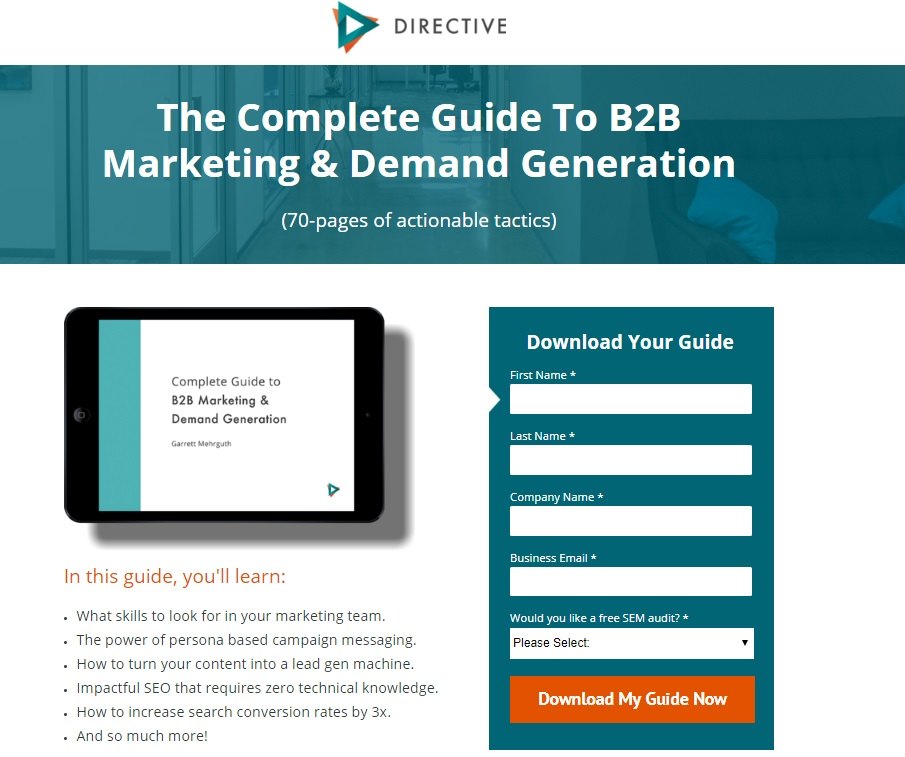
To borrow a common analogy, the behavior modeling theory presents the three main elements. Motivation, ability, and trigger each represent an individual leg on that stool. It is only when all three elements work in a converging, coordinated manner that the delivery of the message takes place in a persuasive fashion.
If any of the elements are missing, it would be like trying to sit on the three-legged stool with one of the legs missing. Although Fogg’s Behavior Model, like the stool, is simple and straightforward. Those qualities in no way imply the concepts underlying the theory are simplistic. Close attention to the details creates an efficiency and effectiveness in your landing pages. Taking any of them for granted is equivalent to embracing an ineffective message.
Motivation
In the Fogg behavior model, motivation serves as the primary driver to persuade and prompt a desired reaction. In a marketing environment like a post-click landing page, motivation can be seen as the emotional backdrop that creates the desire for the consumer to continue along the sales funnel.
This page from Tiffany & Co embodies the emotion involved in a couple’s engagement, providing ample motivation for the user to click through and progress through the funnel:
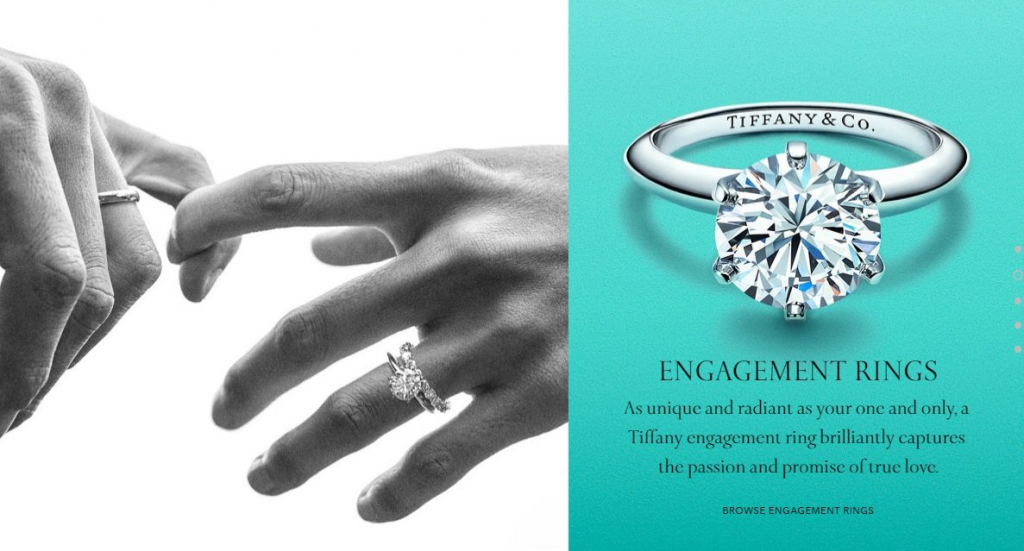
Depending on the specific product or service, motivation could be driving a consumer towards making a purchase. Like downloading an ebook or white paper, subscribing to a newsletter, or anything else that will ultimately drive ROI.
Ability
The second element, ability, determines if the offer is realistic to the individual consumer on the landing page. It is more clearly defined than motivation and can ultimately be determined by concepts as simple and straightforward as affordability or necessity.
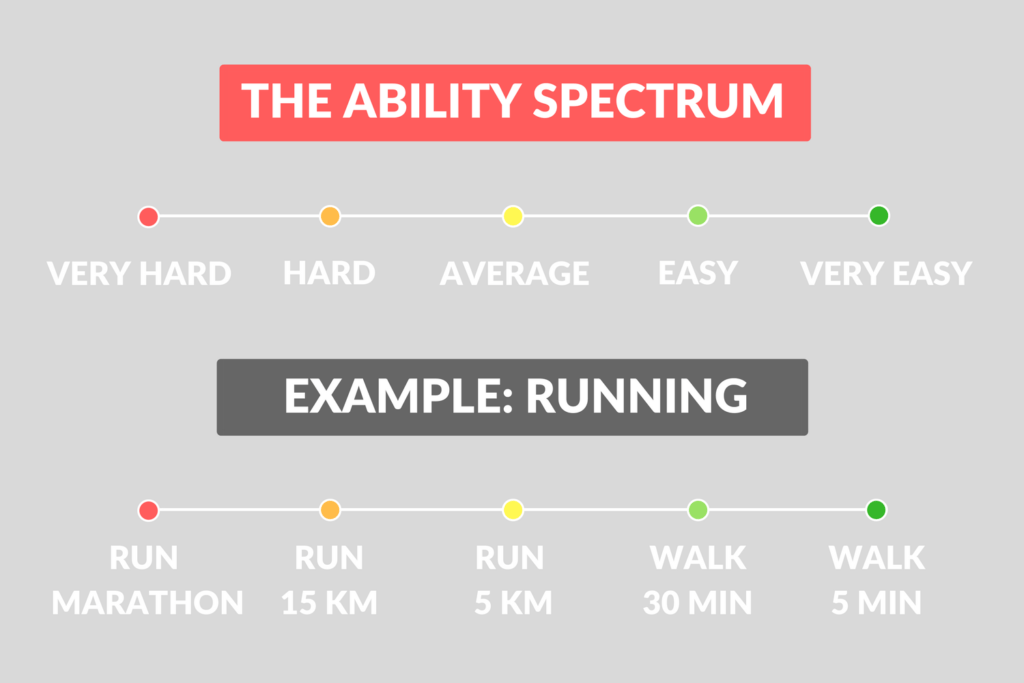
A landing page designed to maximize impact on a company’s bottom line needs to present the product or service in a reasonable context to the individual to make it seem attainable within their lifestyle. For instance, if a particular product or service is typically seen as cost-prohibitive from the perspective of a target customer base. The company would be well-served emphasizing affordability in their post-click landing pages.
For instance, on the following page, T-Mobile makes affordability of a multiple phone account the focal point of the ad. Within the context of Fogg’s Behavior Model, this increases a customer’s perception of their ability to afford the plan and. Thus, increases the likelihood of a conversion to sale:
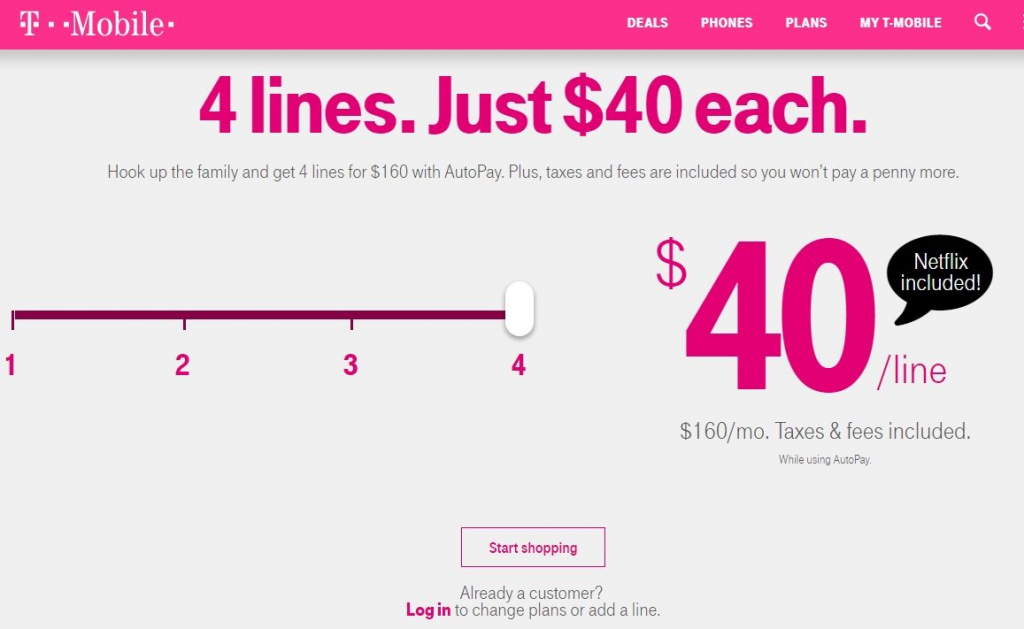
Trigger
The trigger point in the context of a post-click landing page is the most clearly defined of the three main elements required within Fogg’s Behavior Model. Personified by a bold, concise, and attention-grabbing call-to-action, the trigger is what ultimately prompts the consumer to take action.
The landing page’s trigger in the form of design elements needs to grab attention. To borrow another common analogy, if motivation and ability are the oxygen and kindling needed to fuel a fire, the trigger is the spark that transforms the fuel into that fire.
In the squeeze page example here, the yellow circle attracts attention and the copy helps persuade visitors to sign up for a 15% discount:
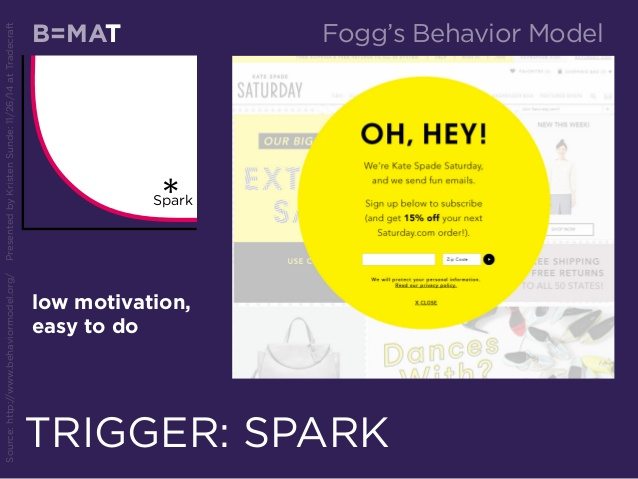
Optimize the three elements to maximize the impact of BJ Fogg’s Behavior Model
As we revisit the Fogg Model graph, you can see that each element warrants its own effort and consideration. Because the message only has impact when all three work in unison:

For instance, when ability factors (e.g. traits like affordability or usefulness), are hard to accomplish by a consumer. A high level of motivation is necessary for the trigger to prompt success.
The message must be consistent
Of course, the most successful marketing strategies are those where the different components work well with each other. Message matching is a critical factor in ultimately creating an enticing and emphatic message for sales conversions. The message between a source ad and the accompanying landing page must be consistent in design, tone, and content.
Since success in advertising is often defined by a campaign’s ability to trigger some sort of emotional response from the consumer, even a small one, familiarity and reliability are critical components in creating an environment conducive to generating those emotional responses.
If a consumer expects a particular atmosphere but experiences something altogether different. Jarring a consumer with a mismatched between an ad and a landing page is a quick way to destroy ROI.
In the following Mini example, the source ad uses a sales event as motivation. However, once the corresponding page loads, there is absolutely no mention of the sale. This is the sort of mismatched message that can make conversions nearly impossible to achieve.
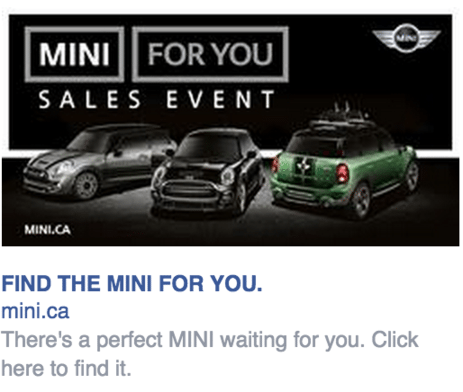
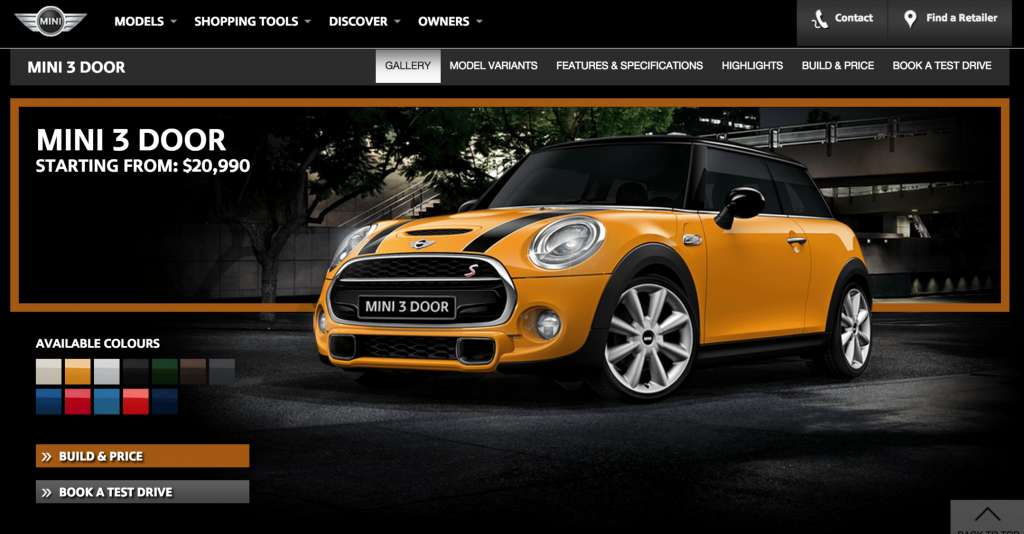
Leverage the perception of scarcity
Exuding the perception of scarcity in your post-click landing page is a psychological tool that can be used effectively if employed carefully.
The most obvious examples would include a countdown clock or limited-time-offer phrasing used as part of a call-to-action that would emphasize time limitations on a particular offer. From the consumer’s perspective, that countdown clock or expiring offer might enhance motivation.
The Adobe post-click landing page has a limited time to enhance the scarcity of the sale. Thus motivating the user to click and act while it’s still available:
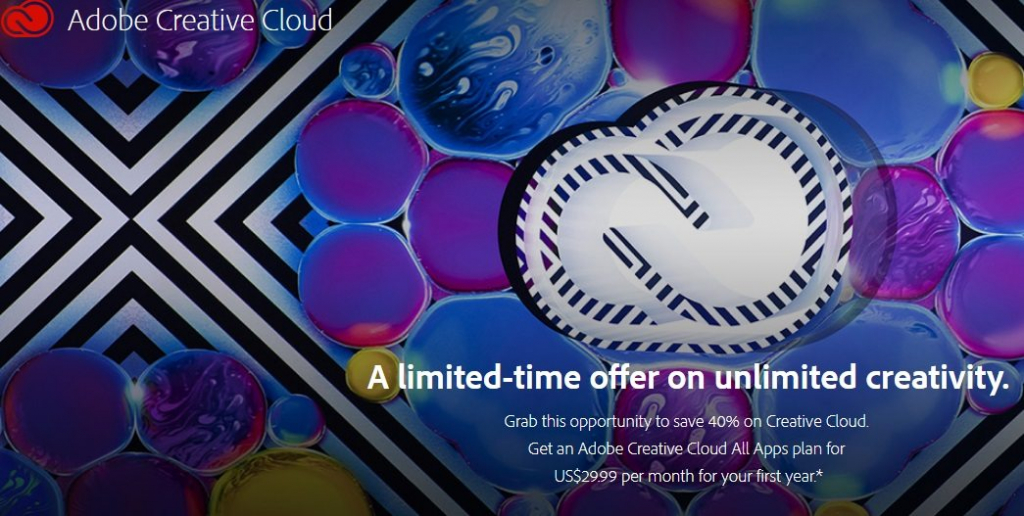
The perception of scarcity leverages a user’s fear of missing out on a sale they may not run into again. It can serve as a persuasive, motivating tool when employed correctly.
Be mindful of the elements at higher price points
Such offers will almost always require significantly higher motivations from the consumer to ultimately find success in a sales environment.
Similarly, companies should minimize the ability and effort needed by the consumer to trigger forward movement into the funnel. A distinctive CTA button can such a detail by drawing focus and attention to the offer. Hence, easing the burden of the trigger to advance the sale.
The CTA on this Tag Heuer page draws focus to the pending product and uses the celebrity influence to persuade users to click through and pre-order the watch:
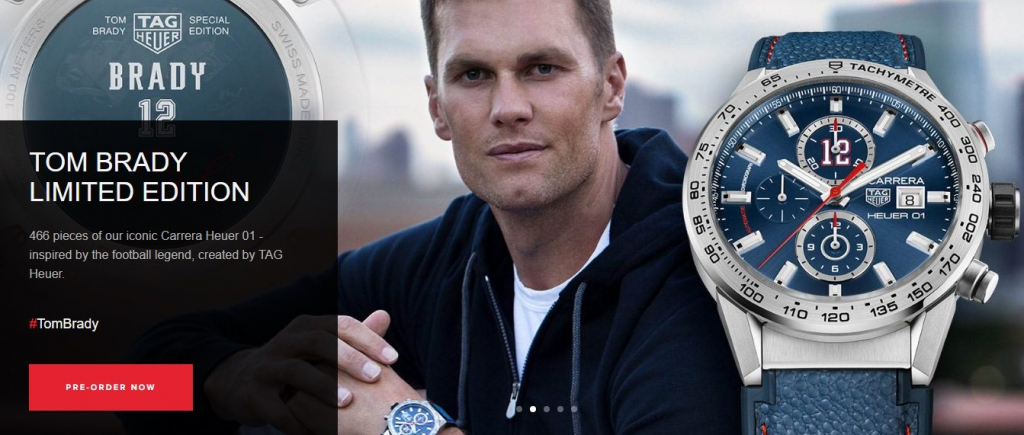
These types of site improvements and detail can collectively pay tremendous dividends. It helps to enhance the overall customer experience and provide an environment much more conducive to conversions.
No detail is too small
The smallest details can ultimately decide if prospects will convert or not. The most effective post-click landing pages are far more evolved than the simple splash pages of yesterday’s marketing strategies.
According to the Fogg behavior model, the consumer only takes action when particular criteria are met. Ads and post-click landing pages are two sides of the same coin. Displaying a high degree of consistency in voice, tone, and content. Improper design significantly impairs the three critical elements in Fogg’s Behavior Model. Therefore, hampers a marketing strategy’s ability to generate conversions.
With advertising personalization gone mainstream, brands that provide a consistent conversion path from ad to post-click landing page to sale experience the best ROI. Instapage continues to make this a reality while lowering the cost of customer acquisition for thousands of customers.
Turn more of your ad clicks into conversions with the Instapage Advertising Conversion Cloud. With AdMap, 1:1 Personalization, built-in collaboration, pixel-perfect designs & more, no other solution can compare. Sign up for an Enterprise demo today.

See the Instapage Enterprise Plan in Action.
Demo includes AdMap™, Personalization, AMP,
Global Blocks, heatmaps & more.
